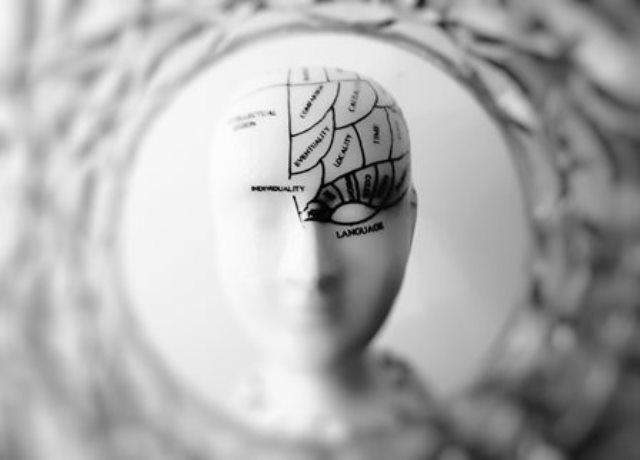Depending on when you attended school, you may have been tested and/or identified as a particular type of learner: the way you process and retain information. Typically, most children learn through the five senses, including seeing, hearing, touching, and doing/moving (which can include tasting/smelling). As adults, we bring depth of experience and greater self-awareness to our learning.
The theory of learning styles is not new and has evolved since it was introduced in the 70’s by social psychologist David A. Kolb. According to Kolb, our styles are based on genetics, experiences, and current environment. With his colleague Ron Fry, Kolb identified a four-stage experiential learning cycle:
- Observation of concrete experiences
- Reflection and interpretation of observations (creation of hypothesis)
- Formation of abstract concepts (generalizations)
- Testing of new concepts in different situations
Learning Preferences
Kolb and Fry posit that learning preferences are based on two continuums:
- Active experimentation <—> Reflective observation
- Abstract conceptualization <—> Concrete experience
When combined, the two dimensions create four learning styles:
- Converger (Active & Abstract) This type of learner is known for their practical application of ideas.
- Accommodator (Active & Concrete) Known for their agility and adaptability, this type of learner is an active, risk-taking doer.
- Assimilator (Reflective & Abstract) This type of learner is known for their research and planning abilities, and they excel in creating theoretical models.
- Diverger (Reflective & Concrete) Known for their ability to see the big picture and create meaning, this type of learner is often most creative.
Understanding learning styles can help us become better leaders. However, we can achieve greater success—personally and professionally—by learning how to think and learn in new ways. When we limit ourselves to a particular type of learner we can miss learning opportunities and important lessons, both critical to reach our full potential as leaders.
In Summary
Understanding learning styles can help us become better leaders and empower those we lead to learn and fulfill their potential. This article and Article Nuggets examine learning styles, debunk the myths, and offer solutions for obstacles.
This is a brief synopsis of a 1,600-word article and 4-Article Nuggets*, suitable for consultants’ newsletters for executives and leaders in organizations. It is available for purchase with full reprint rights, which means you may put your name on it and use it in your newsletters, blogs or other marketing materials. You may also modify it and add your personal experiences and perspectives.
The complete article includes these important concepts:
- Debunk the myths of learning styles
- Expand cognitive capacities
- A Mindset for learning
- Explore attitudes and beliefs
- The Learning mindset for leaders
Request This Content
Send us an email and let us know if you’d like to receive this article, Article Nuggets* or Newsletter (as applicable.) It is available in the following formats:
- The Learning Style of Leaders – 1,600-word Article, $57
- The Learning Style of Leaders – 4-Article Nuggets*, $64
*Article Nuggets: The same article broken up into 3-5 blog-style sections suitable for a series of blog posts or shorter newsletter articles.
